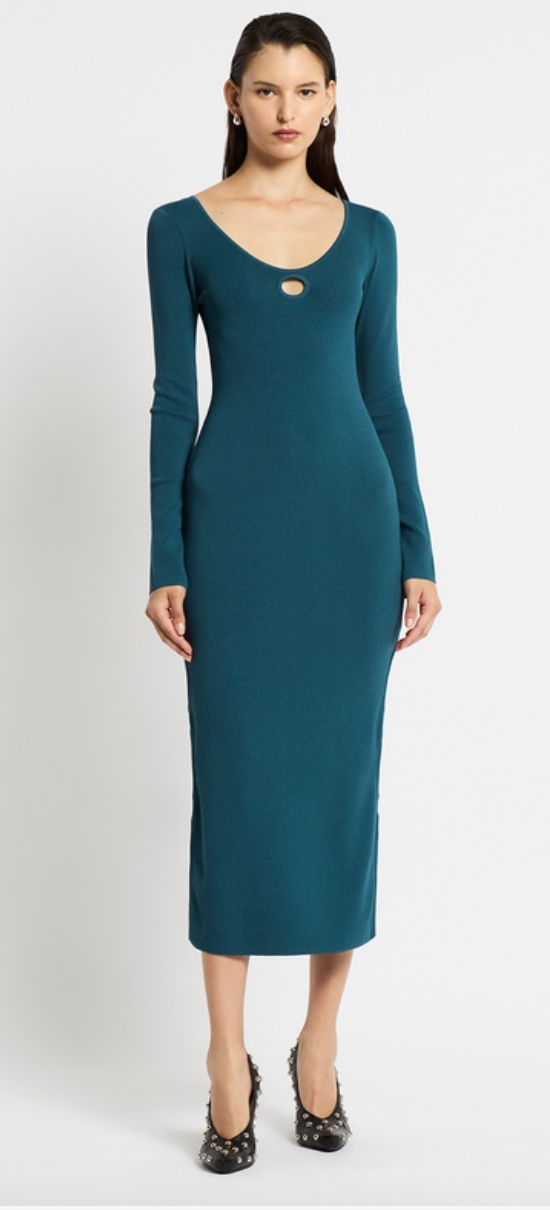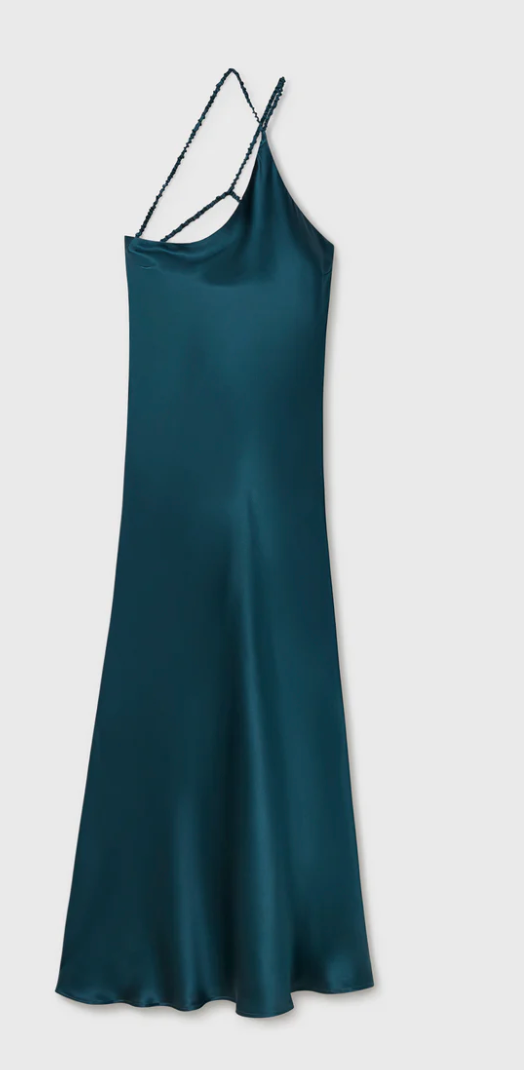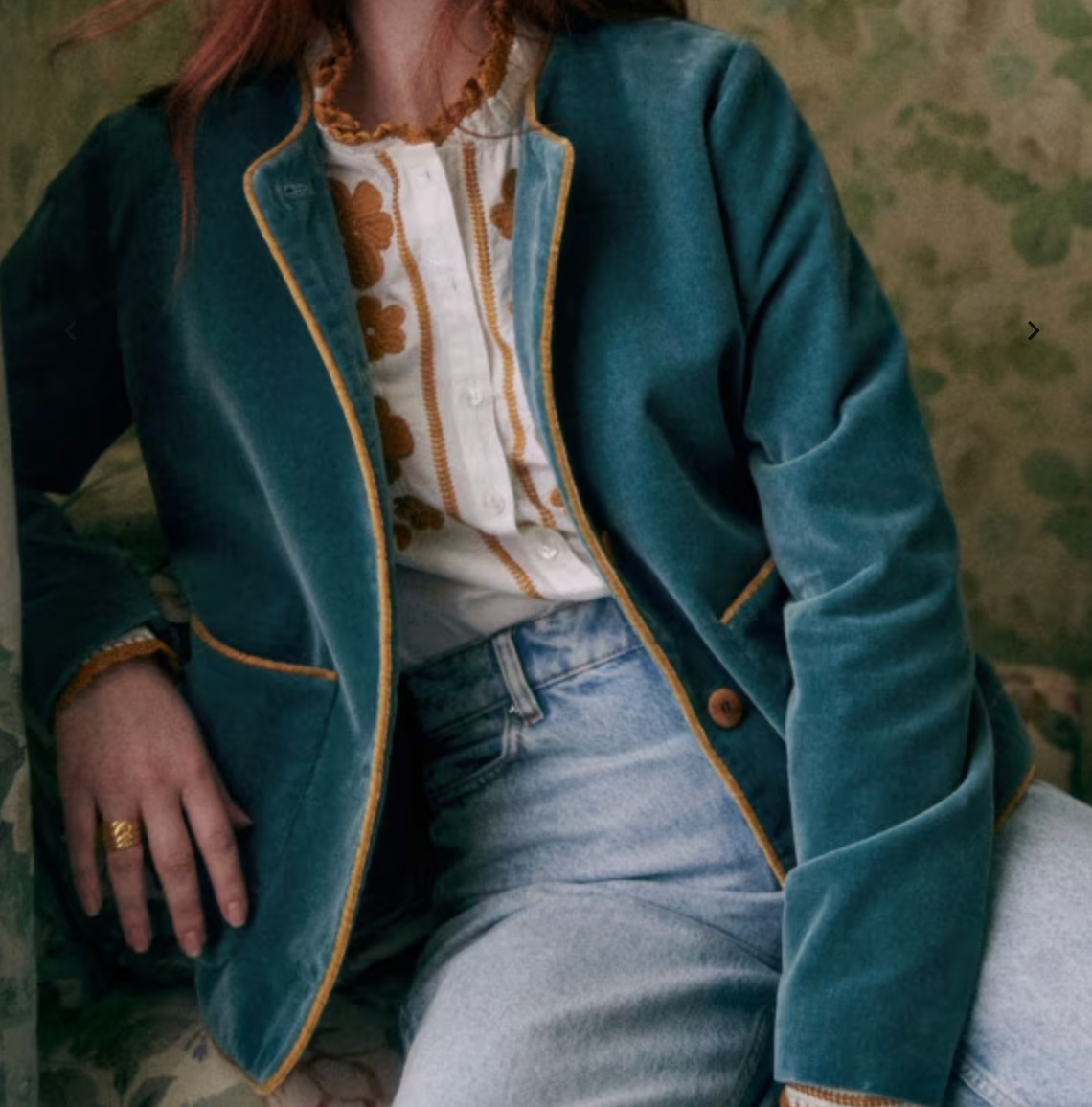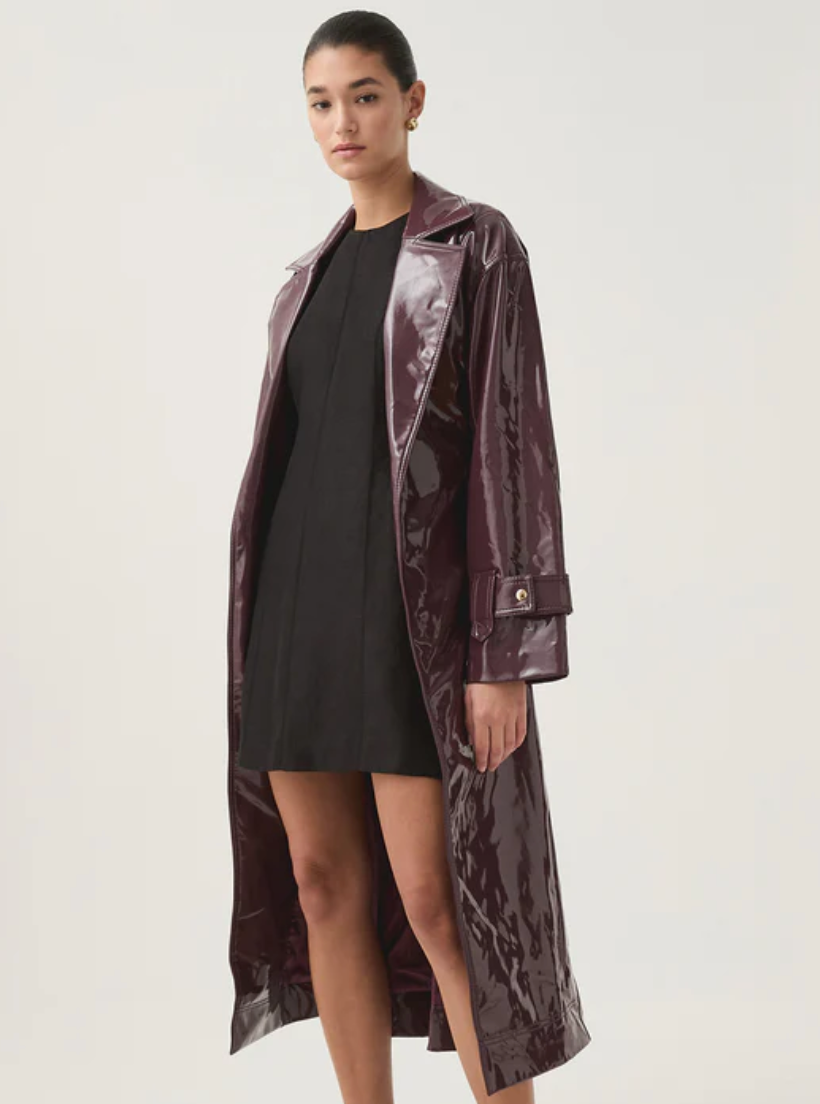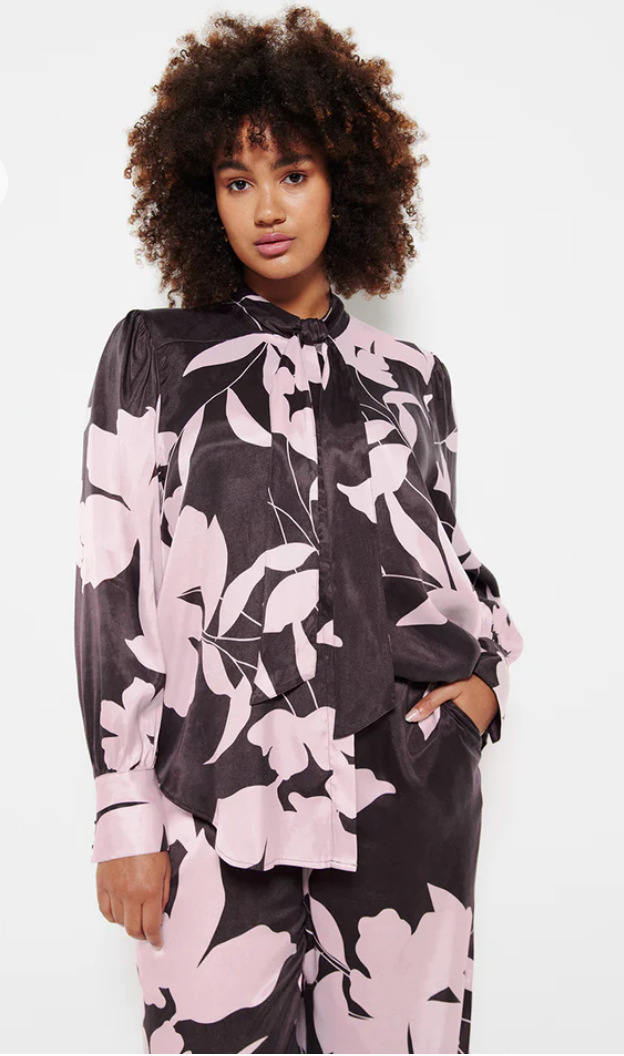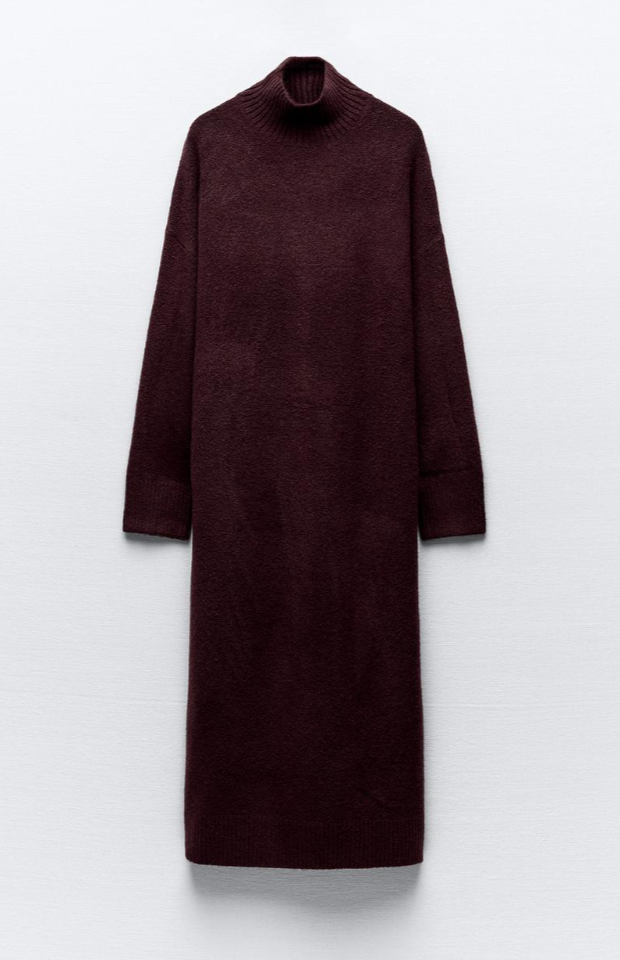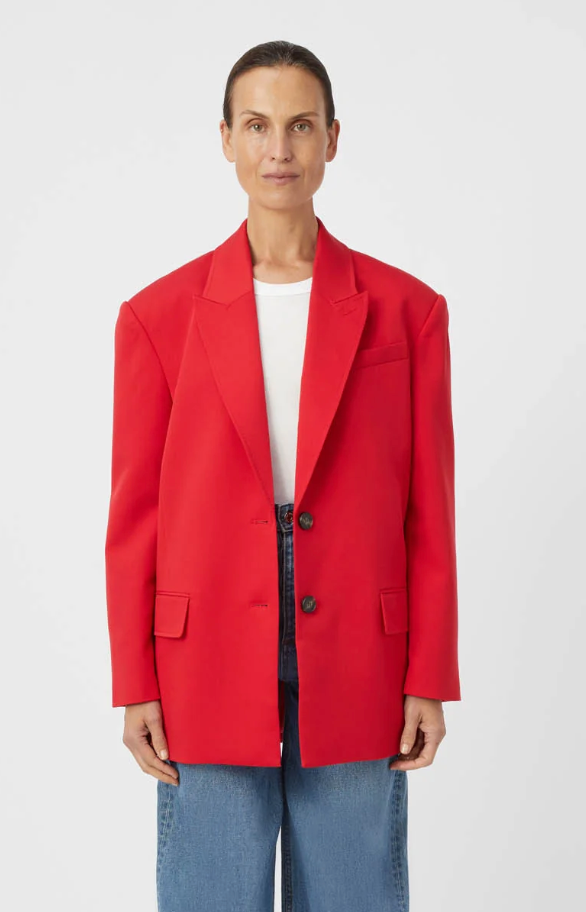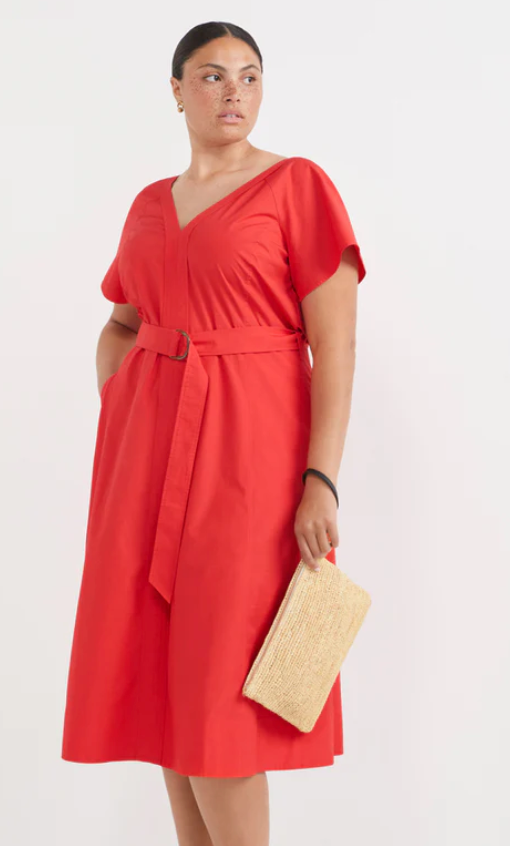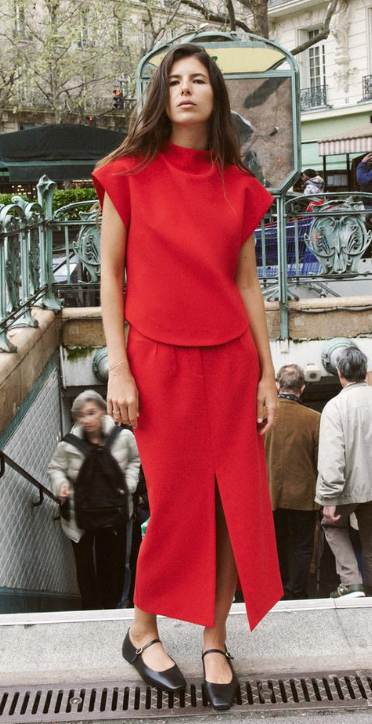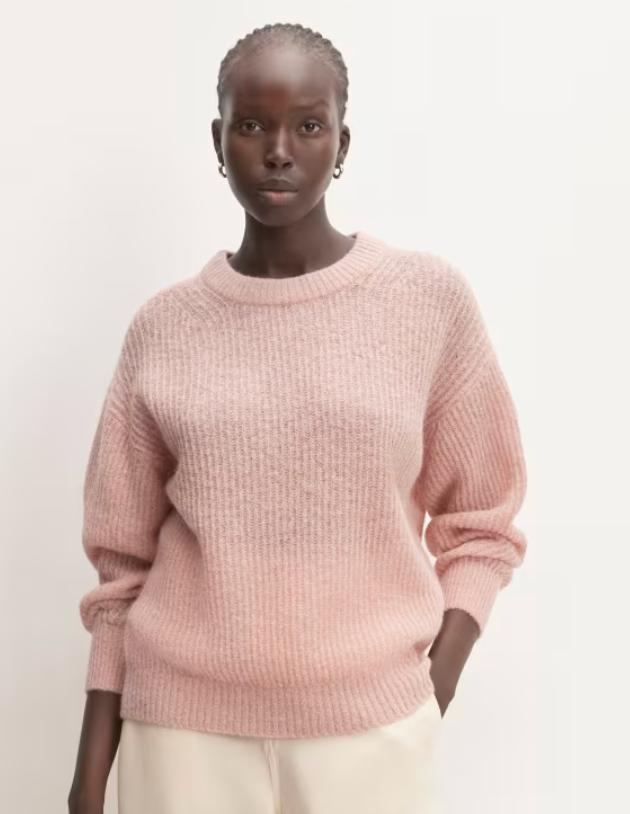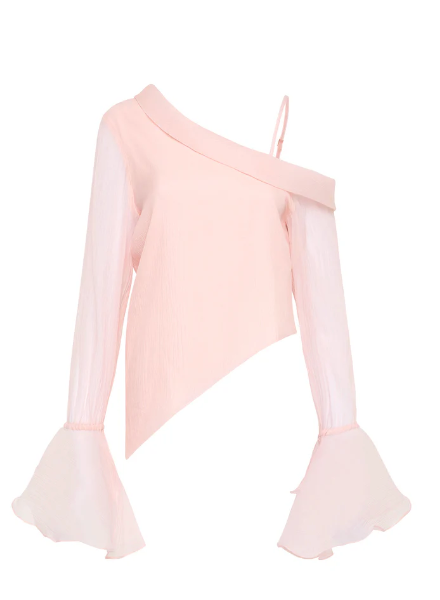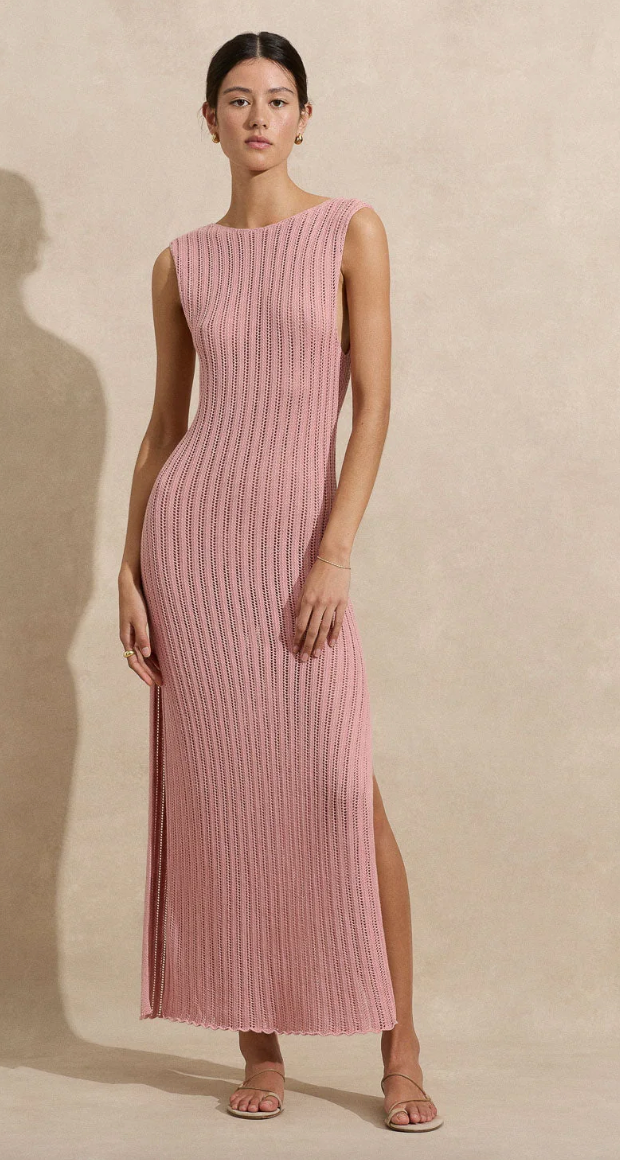Forget Colour Theory; These Colours Look Good On Every Skin Tone
All linked products are independently selected by our editors, but we may earn commission or other compensation from the links on this page.
To say that colour analysis has had TikTok in a chokehold in recent times would be an understatement.
The desire to discover our skin tone’s ‘season’ and thus, the colours that best bring out our features, may have spiked in the last few years. But seasonal colour analysis isn’t actually a new concept, and dates back to the 1970s. Despite what your season might prescribe, however, there are some colours that are universally flattering for all skin tones.
As far as determining those colours, according to Leatrice Eiseman, the Executive Director for the Pantone Colour Institute, it all comes down to — as with so many things in life — balance.
AdvertisementADVERTISEMENT
“Certain colours flatter all skin tones and hair colours because they provide an equal balance of warm and cool,” she previously told Real Simple, before revealing the four colours that are said to do just that.
Need a failsafe palette you can always turn to? Keep reading to discover the four colours that look good on everyone — no matter your ‘season’.
Indian Teal
Christian Vierig/Getty Images
Christian Vierig/Getty Images
Is it blue? Is it green? Both — and neither. It is, in fact: Indian teal. Less ‘look-at-me’ than turquoise yet more intriguing than navy, Indian teal presents a soft and versatile way of incorporating blue into your rotation.
Easy to style, this is a very agreeable hue that looks right at home with your favourite neutrals, especially beige, off-white, cream and ecru. If you want to amp it up, stay within the same colour realm and look to brighter blues or greens to highlight either of those undertones. Think emerald green, turquoise, jade and mint.
Eggplant
Jeremy Moeller/Getty Images
Roy Rochlin/Getty Images
Straddling both red and blue undertones, Eiseman calls eggplant “the perfect purple”. Rich and deep, it’s a refreshing alternative to the usual capsule wardrobe of browns and blacks — both of which it plays very nicely with — that many of us tend to stick to most days.
While it might seem intimidating, rest assured, eggplant is surprisingly easy to work with when outfitting. As it is quite a dark hue, it lends itself to being more experimental with textures while still retaining an understated quality. Our tip? Lean into its inherent sumptuousness with soft leathers and dramatic draping, then style it back with classic neutrals like cream, black and chocolate.
AdvertisementADVERTISEMENT
True Red
Edward Berthelot/Getty Images
Katie Fergus for Refinery29 Australia
Sitting in between a cool cherry and an orange-tinted tomato, true red is the ultimate ‘neutral’ red, thus making it suitable for all skin tones. Bright and attention-commanding, it not a colour if you’re looking to blend in, but it is ideal for spicing up your day-to-day wardrobe. And if you’re after a promotion? Red is thought to be the best colour to wear while asking for a pay rise.
When it comes to styling, the great thing about red is that you don’t have to go head to toe for it to make an impact. For just a dash of heat, keep it to one or two core pieces like a sweater or a pair of track pants, then turn the volume up or down with your other items. For something more standout, team it with a harmonious yet popping colour like candy pink, or pare it back with go-to hues like black, white or cream.
Mellow Rose
Edward Berthelot/Getty Images
Kirstin Sinclair/Getty Images
Technically considered a ‘light shade of red’, mellow rose is basically a fancier way of saying ‘blush’. While it’s made a solid resurgence thanks to the balletcore trend, it’s a timeless colour that’s neither too warm nor too cool, making it easy to treat as another neutral in your wardrobe.
Pair it with complementary hues like pearl, champagne and other pinks for a classically feminine look, layering tonal textures for added oomph. Alternatively, use the hue as a way to soften black staples, ‘harder’ fabrics like leather and structured tailoring.
AdvertisementADVERTISEMENT
Want more? Get Refinery29 Australia’s best stories delivered to your inbox each week. Sign up here!
AdvertisementADVERTISEMENT







